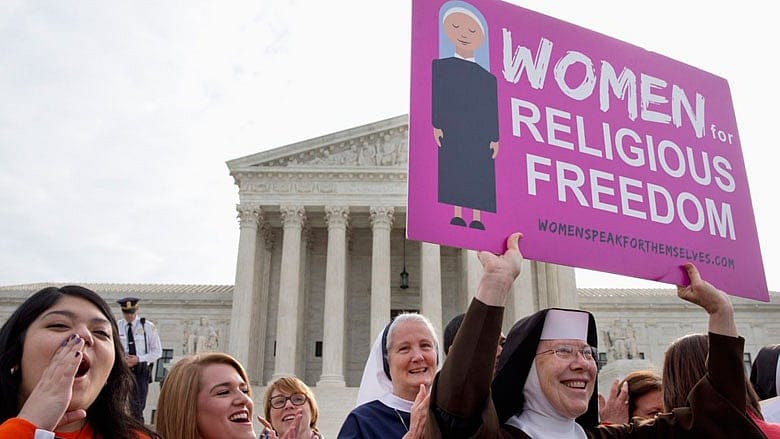Zubik: A curse and a blessing

To the surprise of no one who has paid any attention to the litigation, the post-Scalia Supreme Court this week resolved the challenges brought by religious groups to Obamacare's contraceptive mandate without issuing a sweeping decision one way or the other. Instead, the Supreme Court's decision in Zubik v. Burwell vacated the lower court decisions under review and sent the litigation back to the courts of appeals, with a not-so-subtle hint that the parties should settle on terms suggested by the Court.
Many in the media are suggesting that the Court "punted." The Court did no such thing. The result is a short term victory for religious liberty advocates, but the longer term implications of the result are more troubling.

